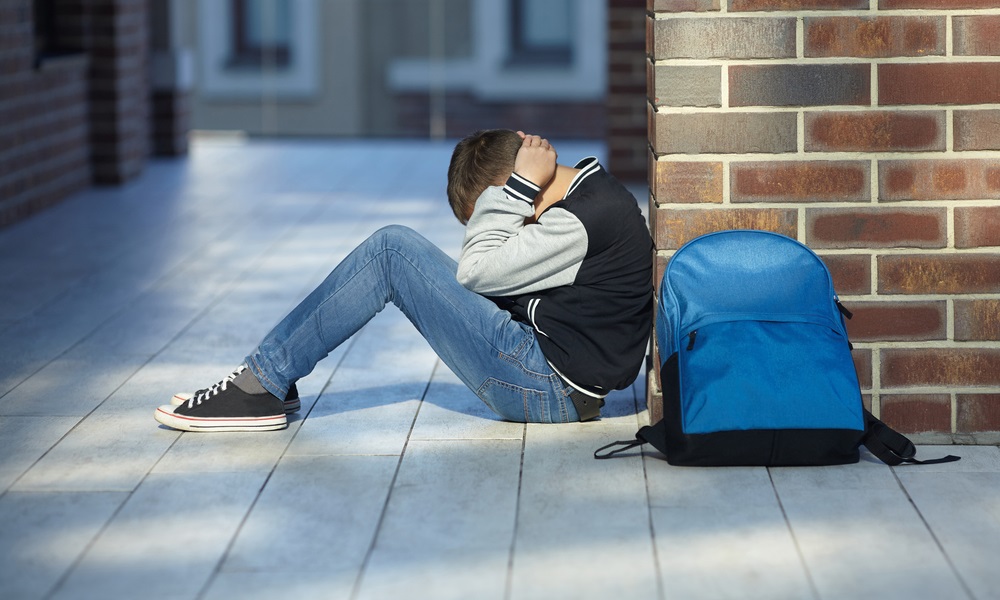Source
The National Center for Education Statistics
Summary
“Using data from the School Survey on Crime and Safety (SSOCS), this report presents findings both on crime and violence in U.S. public schools and on the practices and programs schools have used to promote school safety. SSOCS collects data from public school principals about violent and nonviolent crimes in their schools. The survey also collects data on school security measures, school security staff, mental health services, parent and community involvement at school, and staff training on school discipline and safety policies and practices. SSOCS data can be used to study how violent incidents in schools relate to the programs and practices that schools have in place to prevent crime. In addition to collecting data on these core topics, SSOCS:2022 collected data on schools’ responses to the coronavirus (COVID-19) pandemic during the 2021–22 school year. Selected findings:
-
- During the 2021–22 school year, about 857,500 violent incidents and 479,500 nonviolent incidents were recorded by U.S. public schools. Sixty-seven percent of schools reported having at least one violent incident, and 59 percent reported having at least one nonviolent incident.
- Sixty-one percent of schools reported at least one physical attack or fight without a weapon. Four percent of schools reported such an attack with a weapon.
- Three percent of all public schools (approximately 3,000 schools) reported that at least one hate crime occurred at school during the 2021–22 school year. The rate was higher in schools with over 1,000 students (8 percent) than in schools with lower enrollments (ranging from 2 to 4 percent).
- About 71 percent of high/secondary schools reported at least one incident of distribution, possession, or use of illegal drugs, a higher percentage than reported incidents of distribution, possession, or use of alcohol (34 percent) or prescription drugs (18 percent).
- Bullying at school at least once a week was reported by 28 percent of middle schools, compared to 15 percent of high/secondary schools and 10 percent of elementary schools. Similarly, cyberbullying at school or away from school at least once a week was reported by 37 percent of middle schools and 25 percent of high/secondary schools, compared to 6 percent of elementary schools.
- Sixty-five percent of all public schools reported having a threat assessment team. These teams were less common in rural schools (54 percent) than in town (64 percent), suburb (69 percent), and city schools (71 percent).
- Ninety percent of all public schools reported they increased social and emotional support for students in response to the coronavirus pandemic. Across regions, this percentage ranged from 88 percent of schools in the South to 94 percent of schools in the Northeast. The percentage was higher for schools in the Northeast than for schools in the Midwest and South.
- During the 2021–22 school year, 92 percent of public schools had a formal plan to prepare for and respond to multi-country or worldwide pandemic disease. Schools had plans describing the procedures to be performed in various other crisis scenarios as well. Some of the most commonly reported plans were for active shooters (96 percent), natural disasters (96 percent), suicide threats or incidents (94 percent), and bomb threats (92 percent).
- About 72 percent of charter schools reported involving students in restorative practices. This was higher than the percentage for traditional public schools (58 percent).
- Schools were asked about the extent to which certain factors limited their efforts to reduce or prevent crime. The two factors reported most often as limiting these efforts “in a major way” were lack of or inadequate alternative placements or programs for disruptive students (30 percent) and inadequate funding (27 percent). Schools were also asked about the extent to which certain factors limited their efforts to provide mental health services to students. The two factors reported most often as limiting these efforts “in a major way” were inadequate access to licensed mental health professionals and inadequate funding (39 percent each).
- Schools reported on the different types of security staff that were present at school at least once a week. This included School Resource Officers (SROs), which are sworn law enforcement officers with arrest authority, who have specialized training and are assigned to work in collaboration with school organizations, as well as other sworn law enforcement officers who are not SROs and other security officers or security personnel that are not sworn law enforcement. About 46 percent of traditional public schools had an SRO present at school at least once a week. This was higher than the percentage of charter schools (18 percent). In contrast, a higher percentage of charter schools reported having security officers or security personnel (35 percent) compared to traditional public schools (25 percent).
- A lower percentage of schools located in cities (30 percent) reported that one or more sworn law enforcement officers (including School Resource Officers) routinely carried a firearm while at school during the 2021–22 school year than schools located in suburbs (45 percent), towns (54 percent), and rural areas (55 percent).
- During the 2021–22 school year, 49 percent of all schools provided diagnostic mental health assessments to evaluate students for mental health disorders. Thirty-eight percent of all schools provided treatment to students for mental health disorders.”
Read Full Report →
View Youth Today's Report Library




























